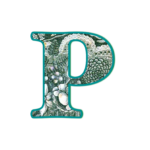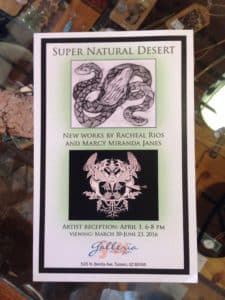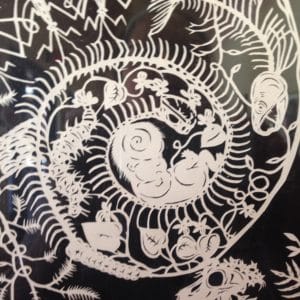is for Paper
Paper, Parchment, Papyrus
Paper? It is that stuff you write on, right. Sort of. The papyrus we think of as the precursor of paper was distinct from the process of paper-making that is used today and originated in China.
Papyrus was made from reeds, Cyperous Papyrus, grown in marshes at the edges of waterways in Egypt as long as 5000 years ago. The reeds were cut, woven together, pounded flat and then dried. European scrolls and early books were written on vellum, which came from calf skin.
Paper, created in its modern form from pulp that is drained, pressed, and dried, was first created about 100 AD in the Eastern Han Dynasty of China. An earlier and much rougher form has been found and is associated with the Western Han Dynasty. It was made from hemp.
So What About Parchment?
Parchment is not paper. It is also animal skin. Many people familiar with baking parchment think that parchment is an older type of the baking stuff, but it is not. Baking parchment is made by an environmentally harmful process that partially disintegrates paper with sulfuric acid bath.
Other Types of Paper
from Wikipedia
Paper may be classified into seven categories according to information taken from
Johnson, Arthur (1978). The Thames and Hudson Manual of Bookbinding. London: Thames and Hudson.
- Printing papers of wide variety.
- Wrapping papers for the protection of goods and merchandise. This includes wax and kraft papers.
- Writing paper suitable for stationery requirements. This includes ledger, bank, and bond paper.
- Blotting papers containing little or no size.
- Drawing papers usually with rough surfaces used by artists and designers, including cartridge paper.
- Handmade papers including most decorative papers, Ingres papers, Japanese paper and tissues, all characterized by lack of grain direction.
- Specialty papers including cigarette paper, toilet tissue, and other industrial papers.
Paper & Preservation
We wrote about acid free paper earlier in this series of articles.
The Smithsonian has some very good resources on how to preserve family papers.
The United States Government Archives has good resources on salvaging flood damaged family papers.
Paper Art
In the southwestern U.S. where I live, papel picado, or cut paper, is a common decorative art form for celebrations.
I recently viewed an exhibition in Tucson, Arizona.
Paper probably plays a role in your material legacy. We all should give some thought to sorting and preserving appropriate papers.
Legacy Tools
April 2016 A to Z Challenge
Letter P Legacy of Paper Tools for Legacy projects



Great work on your theme.
Don’t give up on the Challenge.
Feel free to combine a few letters to catch up!
Heather M. Gardner / @hmgardner
Co-Host, Blogging from A to Z April Challenge
The Waiting is the Hardest Part
Thanks Heather! I am catching up in a flurry over the next day. Finding the right images for my topic is a stumbling block, but I think I have a workable plan.